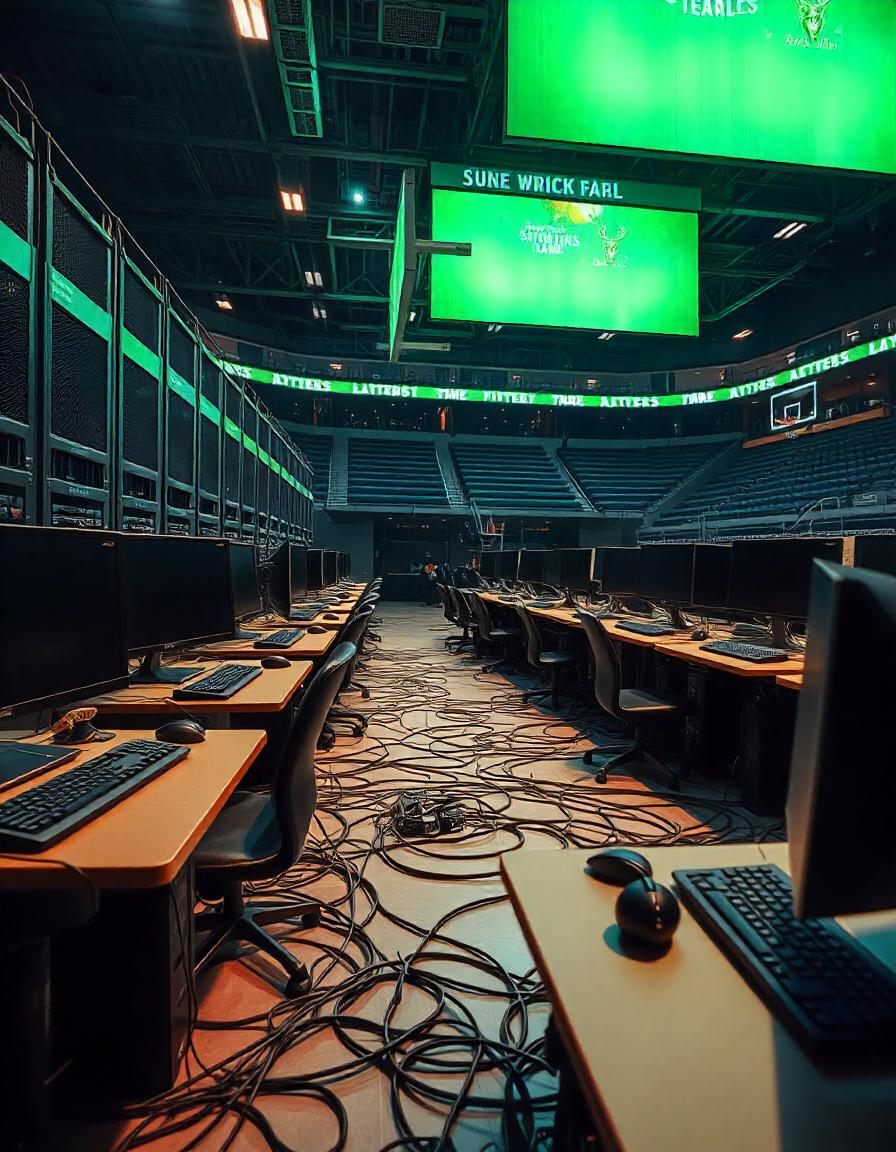The confetti has fallen, the champagne is (finally) dry in Oklahoma City, and the Thunder are the 2025 NBA champions! It’s a fantastic story for a young, exciting team led by the brilliant Shai Gilgeous-Alexander. But as we celebrate their triumph, a familiar whisper has grown into a discernible hum among basketball fans: Does this victory, much like the Milwaukee Bucks’ championship in 2021, expose a league agenda to push small-market teams into the spotlight?
The Thunder’s Ascent: A Fairytale or a Script?
The Oklahoma City Thunder’s journey to the 2025 NBA title is undeniably compelling on the surface. A meticulously constructed roster through smart drafting, patient development, and shrewd trades has blossomed into a legitimate powerhouse. Shai Gilgeous-Alexander’s MVP-caliber season, coupled with the emergence of young stars like Chet Holmgren and Jalen Williams, created a dynamic and entertaining team that captured the imagination of many. They finished with a league-best 68 wins and battled through a tough playoff bracket, ultimately defeating the Indiana Pacers in a thrilling seven-game Finals.
However, a closer look at their Finals opponent, the Indiana Pacers, and the narrative surrounding the series, has led some to draw parallels with the 2021 Bucks’ run. The Pacers, another relatively small-market team, made a surprising charge to the Finals. The series itself was highly competitive, but the unfortunate injury to Pacers star Tyrese Haliburton in Game 7 certainly altered the landscape. While no one wishes injury on a player, it undeniably removed a significant obstacle for the Thunder.
This is where the conspiracy theories begin to swirl. The idea isn’t that the NBA actively caused Haliburton’s injury, but rather that certain circumstances or officiating tendencies might subtly favor the desired narrative of a small-market triumph.
The Bucks’ 2021 Title: A Precedent?
Rewind to 2021. (Here a detailed run through of all the “lucky” moments.) The Milwaukee Bucks broke a 50-year championship drought, defeating the Phoenix Suns in the Finals. At the time, many hailed it as a victory for small-market teams, a testament to building through the draft and developing homegrown talent. It was a refreshing change from the “super team” era that had dominated the league for years.
But even then, some raised eyebrows. Critics pointed to questionable foul calls in key moments, particularly in the Eastern Conference Finals against the Brooklyn Nets, where a hobbled Kevin Durant pushed the Bucks to the brink. The narrative of “the league wanting a small market to win” gained traction. The idea was that the NBA, conscious of criticisms about parity and the dominance of major market franchises, was subtly steering the ship towards a more feel-good story.
The “Small Market” Agenda: Why Would the NBA Do It?
The core of this theory rests on the idea of the NBA’s desire for compelling storylines and, ultimately, increased viewership and engagement. While big markets like Los Angeles and New York always draw attention, a truly organic, underdog success story from a smaller market can resonate deeply with fans across the league. It creates hope for other smaller teams and diversifies the championship landscape, potentially broadening the NBA’s appeal.
Consider these points often cited by proponents of the theory:
- Narrative Control: The NBA is a business, and compelling narratives drive interest. A Cinderella story from a small market can be more captivating than another championship for an established powerhouse.
- Parity Illusion: Promoting small-market champions can create an illusion of parity, even if underlying systemic issues (like free agency advantages for big markets) persist.
- Player Retention: A successful small-market team might encourage stars to stay with their drafting team rather than always seeking out major markets, which could be beneficial for the league’s overall competitive balance.
- Refereeing Nuances: This is often the most controversial aspect. Proponents suggest that subconscious biases, or even subtle directives, might lead to more favorable whistle-blowing for the “desired” outcome, particularly in tightly contested games or pivotal moments. Again, this isn’t about outright rigging, but rather an accumulation of small, borderline calls that tip the scales.
Is It a Conspiracy, or Just Good Storytelling?
Ultimately, it’s incredibly difficult to prove or disprove a “league agenda.” The NBA is a complex ecosystem, and every championship team faces its share of favorable and unfavorable bounces. The Oklahoma City Thunder’s inspiring championship run undoubtedly provides excellent fodder for the “small market sweetheart” narrative just as the Bucks’ run did. The NBA, like any major sports league, thrives on drama, compelling stories, and fan engagement. Whether that translates into active manipulation or simply a greater appreciation for the organic rise of a team like the Thunder is a question that will likely remain debated in sports bars and online forums for years to come.
For sure it puts many of us off though.





